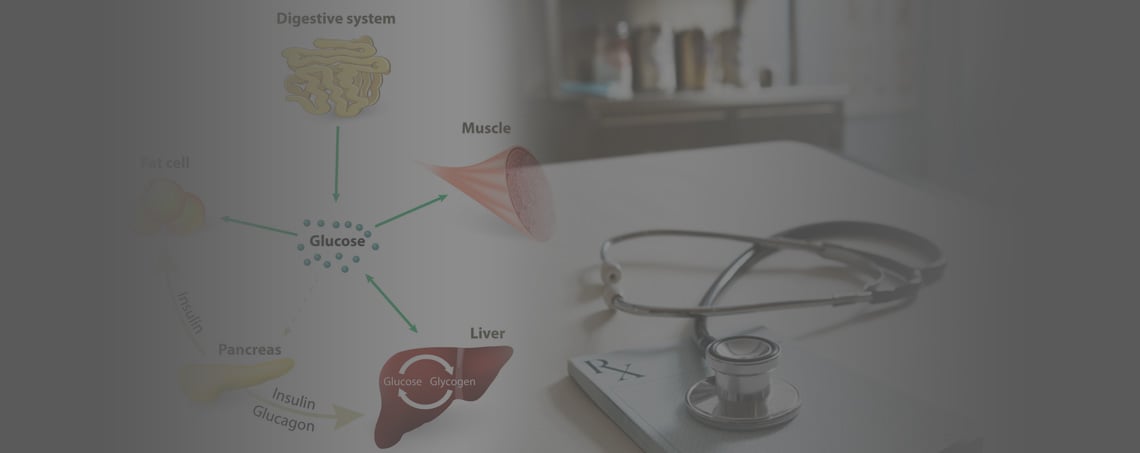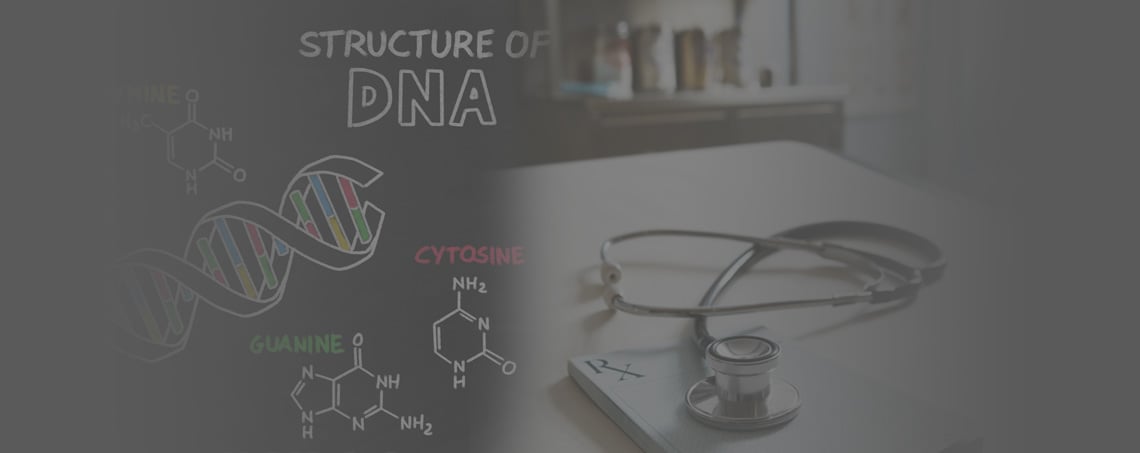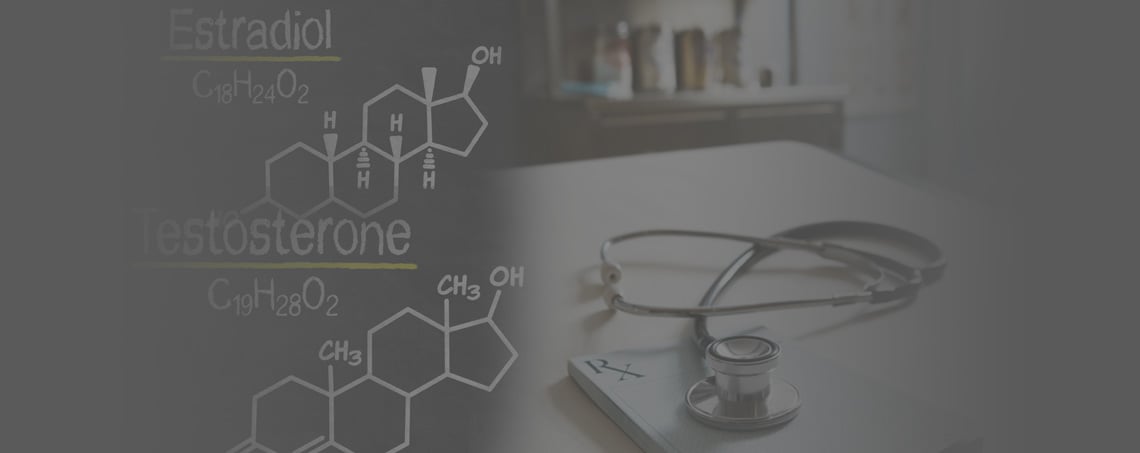High DHEA and Low Cortisol In Female
In this article we look at a case study of high DHEA -s, high testosterone, and low cortisol. We use this case to illustrate how you can understand what's going on with your hormones by understanding the different enzymes and things that control those enzymes. Keep in mind that you do have to look at this on an individual basis. There are so many different things that can influence your enzymes. These enzymes then control the overall levels of hormones. Use this as an illustration of how you can go about this and hopefully you get a better understanding on why you have high DHEA -s levels.
If you want to understand high DHEA in the context of low cortisol, keep reading. We look at the details below.
The first thing we want to look at when trying to solve, "why one hormone level is high or low" is to look at the enzymes that control the hormone levels. Specifically we need to understand what things control those individual enzymes. You can think of these enzymes like a dam to a river or like a train track. With train tracks you can control which directions the trains are going. Similarly, there are things that can make hormones go in one direction or another. The different enzymes that control these hormone levels can be manipulated to change hormone levels.
This does not necessarily mean they will be changed in absolute terms but in relative terms. If you have something that is stimulating an enzyme a little bit more than it's stimulating other enzymes, you will get more of those byproducts. That build up will lead to more hormones flowing directionally down that path. This is the type of thing we want to look at when we try to answer why one hormone is high or low. What things are predominantly in the body pushing things in one direction verse another. Let's look at an example of high DHEA-s in a female.
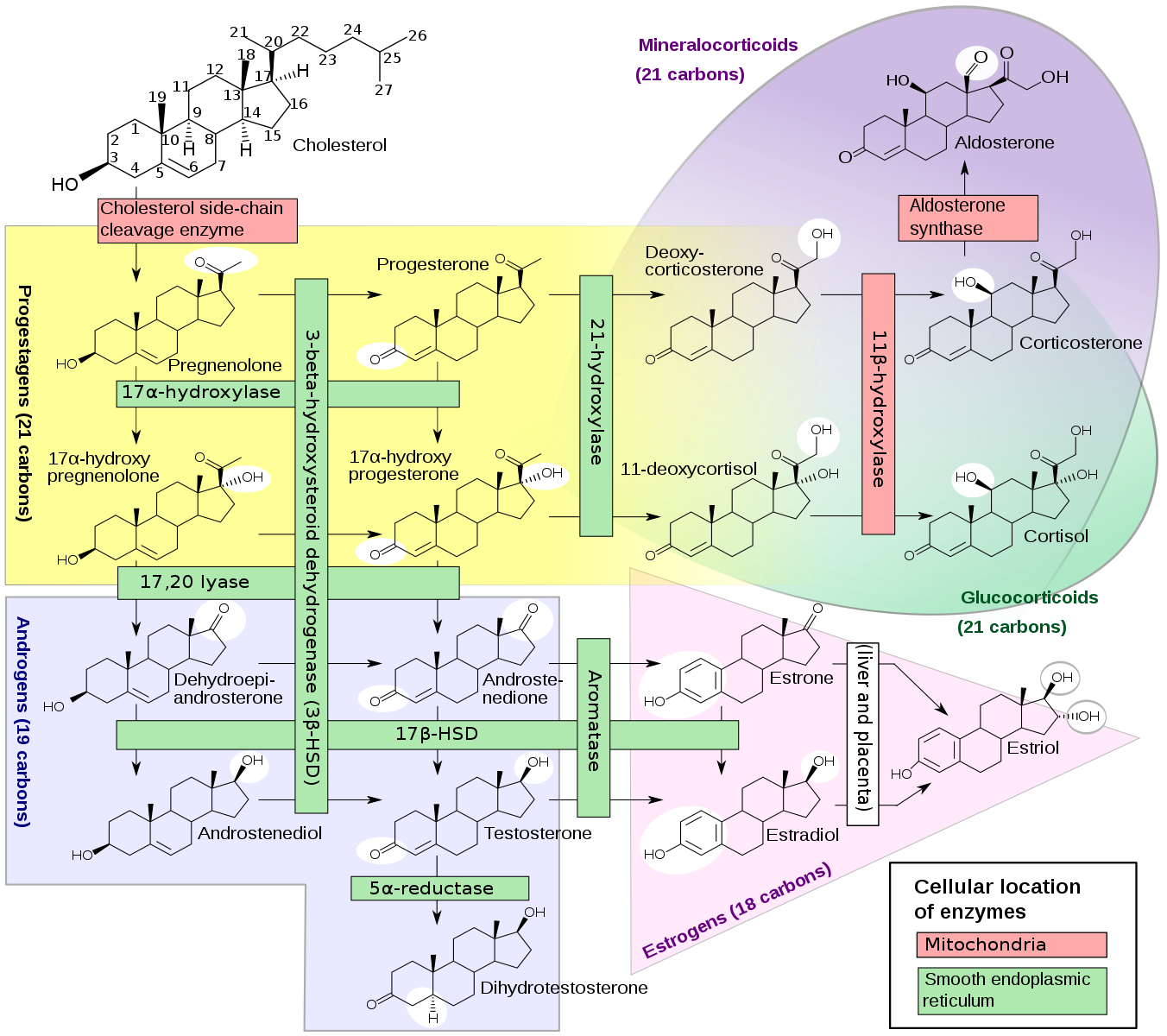
In this case example the person had high DHEA-s and high relative testosterone levels as well. She also had low progesterone and low cortisol. So what could be causing this? Generally speaking you might need to decrease the activity of 3-beta-hydroxysteroid dehydrogenase enzyme. You also need to get pregnanalone all the way down into DHEA-s and then into testosterone. Let's look at the actual example of this.
Below are the blood test results. There is a high DHEA-s level. This DHEA is probably being pushed in to make more testosterone. She also has a relatively high free testosterone, not outside the reference range. It is relatively high compared to most. This suggests a low sex hormone binding globulin as well. It could be that the testosterone itself is lowering the sex hormone binding globulin. The question we want to ask is why is the DHEA high. Moreover, why is that DHEA preferentially, at least from what we can tell, being pushed into testosterone. Why is it not being pushed into estrogen or something else? Her estradiol was not that high. Overall her DHEA level is not extremely high either. There are definitely people with much higher but for her age it was slightly high. So what could be driving this process?
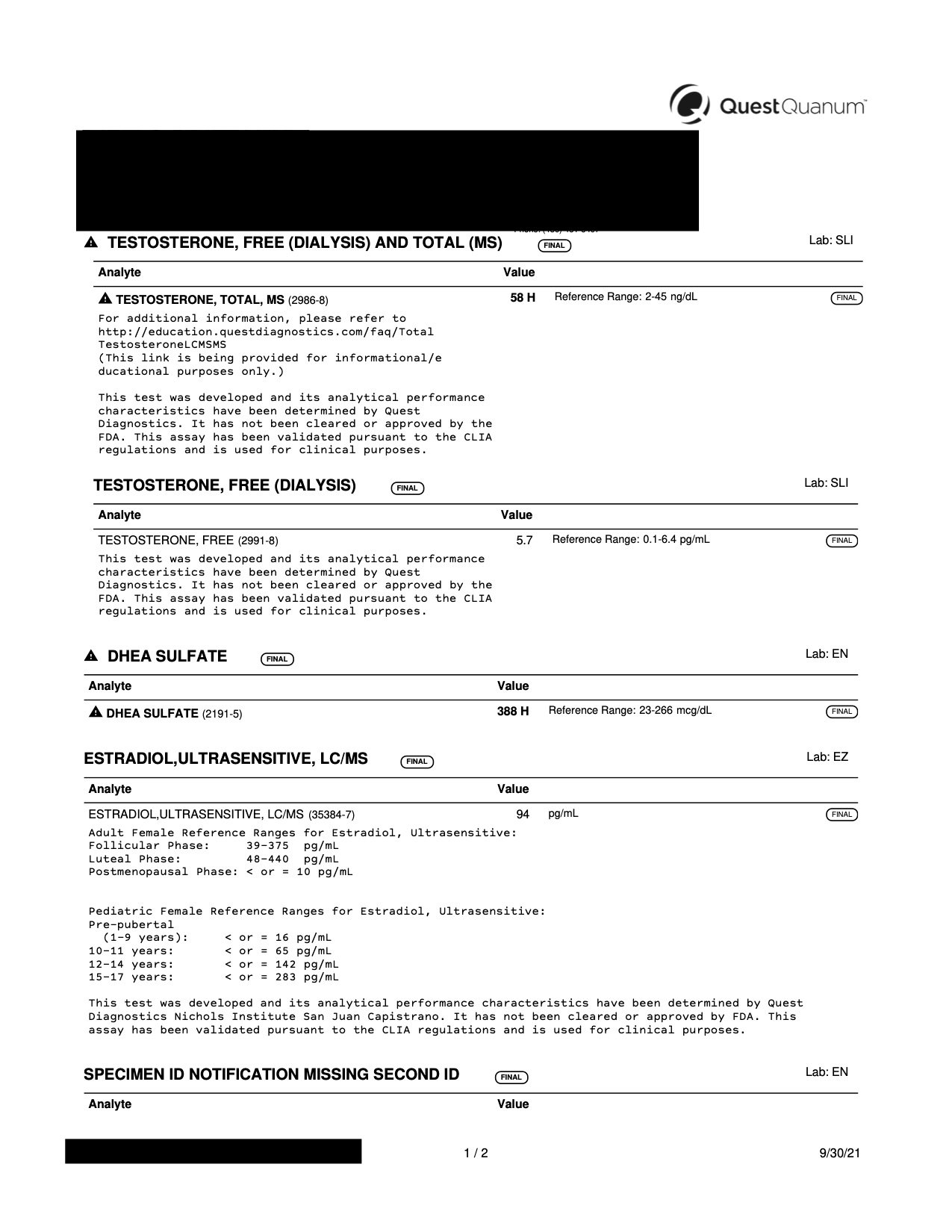
The Cause of High DHEA and Low Cortisol
She did have a lot of different symptoms going on, like fatigue, acne, and things that one would expect with high androgens. She also had some digestive issues but one thing seemed to stick out more than others. It turned out this was probably critical for what was driving this process. She was a chronic alcohol consumer. Not like once a week, it was very regular and more often than not. What you see with chronic alcohol consumption and hormones, is a decrease in the activity of 3-beta-hydroxysteroid dehydrogenase. There are many other things that can also influence this enzyme. You might logically think, if this enzyme is decreased across the board, you would have low levels of testosterone as well. It turns out that some enzymes are actually stimulated by alcohol.
17- beta-hydroxysteroid dehydrogenase can actually turn DHEA-s into androstenediol. Androstenediol can also be turned into testosterone through the enzyme 3-beta-hydroxysteroid dehydrogenase (the on we think is inhibited). In her case, production of many hormones was inhibited. However, because there is an increased activity of 17-beta-hydroxysteroid dehydrogenase enzyme, there is a relative build up of androstenediol. Once the levels get high enough, it pushes the process forward into testosterone. The pregnenolone is shuttled away from progesterone and 17- hydroxy-progesterone as well. We would expect these to be low but we did not actually check them in her case. We did previously check cortisol levels which were also low. For her, everything was shifted in that direction toward testosterone. Eliminating alcohol would obviously be helpful but what else can we do in a case like this?
Something that may be helpful in modulating some of these hormone levels would be to take some phytoestrogens and maybe even estrogen in general. Too much estrogen may not be good, but some phytoestrogens from soy plants or soy isoflavones would be helpful in decreasing the activity of 17-beta-hydroxysteroid dehydrogenase. This would slow down the conversion of DHEA-s into androstenediol. These estrogen(s) would also increase her sex hormone binding globulin which could further decrease free testosterone.
With all these different enzymes and scenarios, it really does depend on what the overall environment is. Each case needs to be taken separately. You can not really say what to do for high DHEA-s and low cortisol without knowing the person and all of the other hormones. With this broader knowledge, you can get a clear picture on where the problem is. This kind of testing is available through blood or urine. Understanding where each of these are really helps you understand which enzymes are being affected. Then you can look at the lifestyle things, herbs, etc that can help make the shift. Shifting enzyme activities will shifts the hormones that are driving those excess or deficient states.
That should give you a better understanding of high DHEA and low cortisol in females. If you have questions about the content in this article, please ask it in the comment section below.
If you want a customized plan on how to lower your DHEA levels, click in the link below to get started.
